TENS of thousands of stories have appeared on the pages of the Hornsby Advocate over the past century — but its first front page, published on April 12, 1919, champions the commitment made to the shire, which continues today.
The last surviving front page of the first edition, which is cherished in the archives of the Hornsby Shire Historical Society, rallies for the need for the development of Hornsby Hospital.
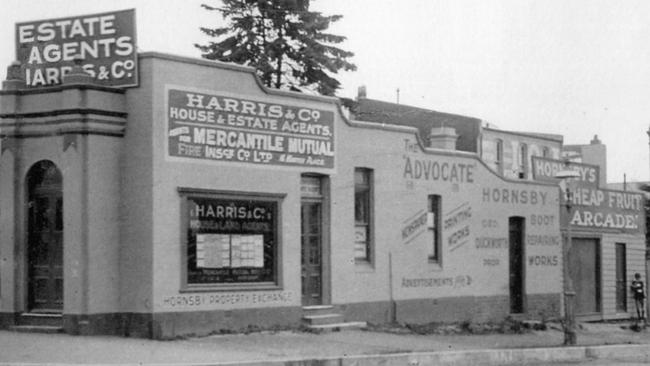
“Councillor James made reference to the establishment of a Local Relief Depot, and said steps were being taken to endeavour to have established in Hornsby an Emergency Hospital,” the lead story in the first Advocate revealed.
“Hornsby and district had a population of about 20,000. There were at least 200 cases in the district, and several deaths had occurred.
“Local medical men had unanimously acclaimed in the Literary Institute as suitable for a hospital, and were anxious to see the hospital established, as at present they were quite unable to cope with the calls.”
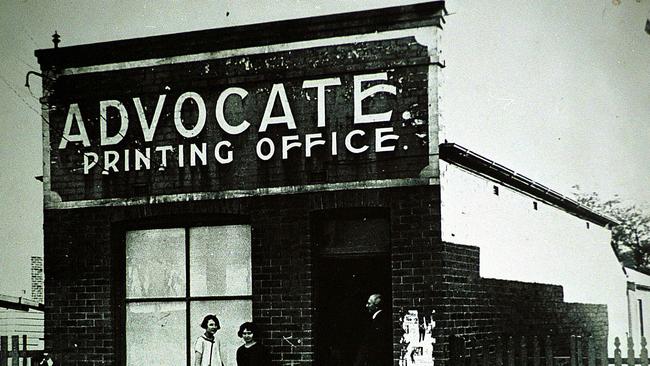
From day one, the Advocate championed the needs of the upper north shore community — a pledge its reporters still abide by today — as we bring you the stories that matter and the campaigns that deserve your support.
And just 14 years after the first front page called for the construction of Hornsby Hospital, doors to the first wards were opened to support a growing community and the Advocate championed a major win for the shire.
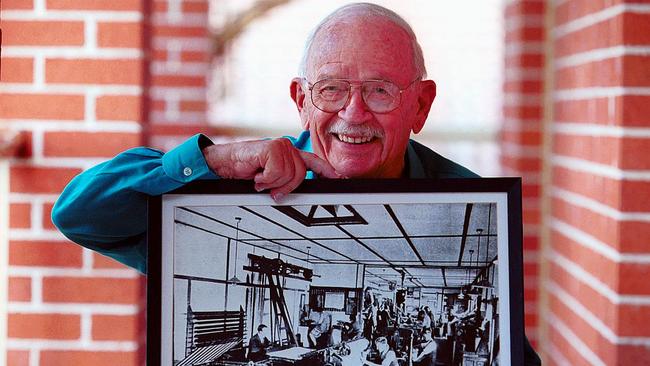
Starting its life in the small back rooms of an overcrowded building in Station St, Hornsby, the Advocate was sparked into existence by returning World War I Digger Fred McKellar.
Reports by Allan French, the son of former directors of The Advocate Press Albert and Elizabeth French, uncover words of wisdom of Hornsby School master E.A. McMahon to Mr McKellar as the paper came to life: “Don’t be an echo, be an advocate”.
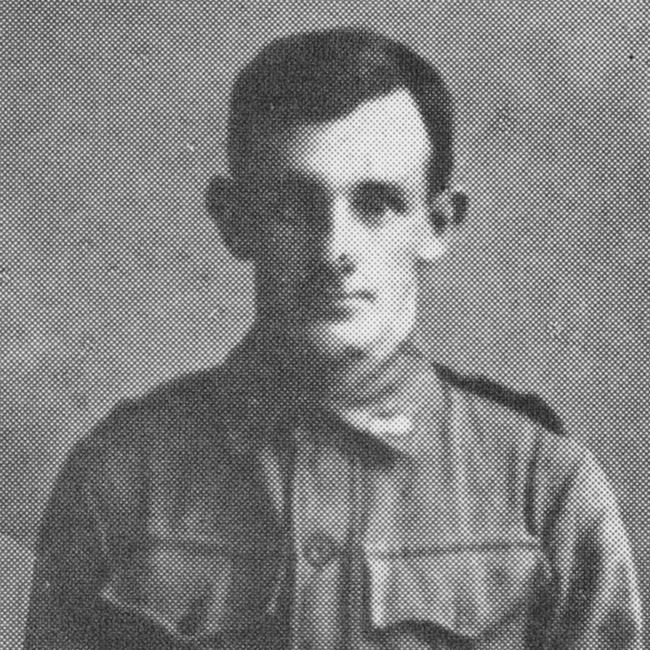
Mr McKellar, alongside a small army of reporters, printers, photographers and directors established a champion newspaper for returned servicemen, expressed the battle to survive the Great Depression and the impact World War II conscription had not only on the Hornsby community, but to the paper itself.
It is the stories of hope, courage, commitment and sacrifice of the people of Hornsby that have been etched in the archives of The Advocate time and again — and those stories that make the paper the identity it is.
THE STORIES THAT SHAPED THE SHIRE
1919: Barker College was forced to place the entire boarding school under quarantine and several public schools were closed following deaths from influenza.
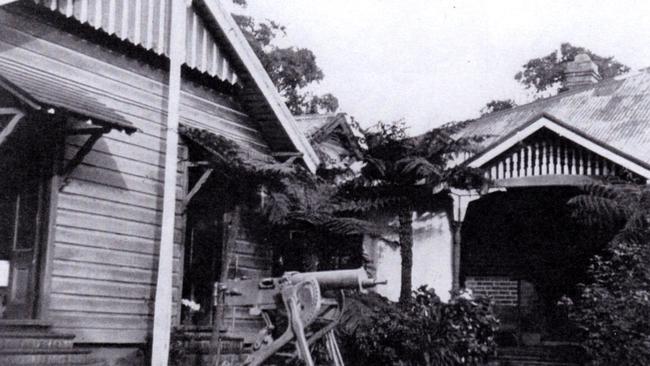
1920: Plans to bring electricity to the shire were championed by the NSW government, sparking rollouts in January 1923. Residents complained about the installation of lighting outside homes, claiming it was too bright.
1933: Influenza outbreaks following World War I led to the need for Hornsby Hospital. In 1933 40 beds opened with the support of fundraisers by residents.
1945: Peats Ferry Bridge at Brooklyn was completed, following seven years of construction.
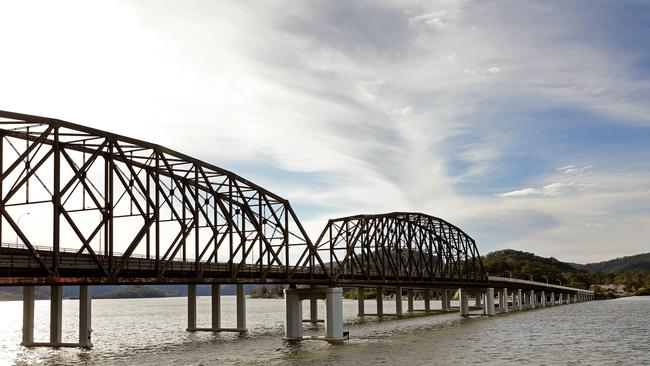
1960: The world’s largest manufacturer of chewing gum, Wrigleys, decided to call the shire home after opening a factory in Asquith.
1971: Fire ripped through the heart of Hornsby in January after a petrol tanker overturned in front of the Hornsby Fire Station and burst into flames. A fire engine was trapped inside and firemen were unable to fight the blaze.
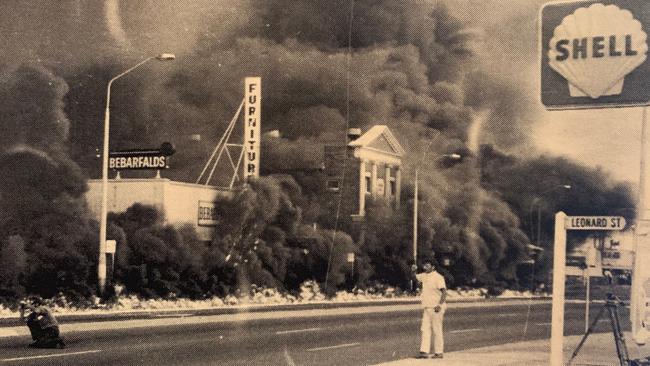
1993: It is now an icon of the Hornsby Shire, but many can remember a time before the Hornsby Fountain Clock was the centrepiece of the mall. The clock was installed in 1993, costing more than $1 million and taking engineer Victor Cusack over two years to complete.
2000: The tight-knit community of Mt Ku-ring-gai was rocked to its core after four Rural Fire Service volunteers were killed during a June back-burn. George Fitzsimmons (the father of current NSW Rural Fire Service chief Shane), Eric Furlan, Clair Dean and Mark Cupit were killed in the devastating blaze.
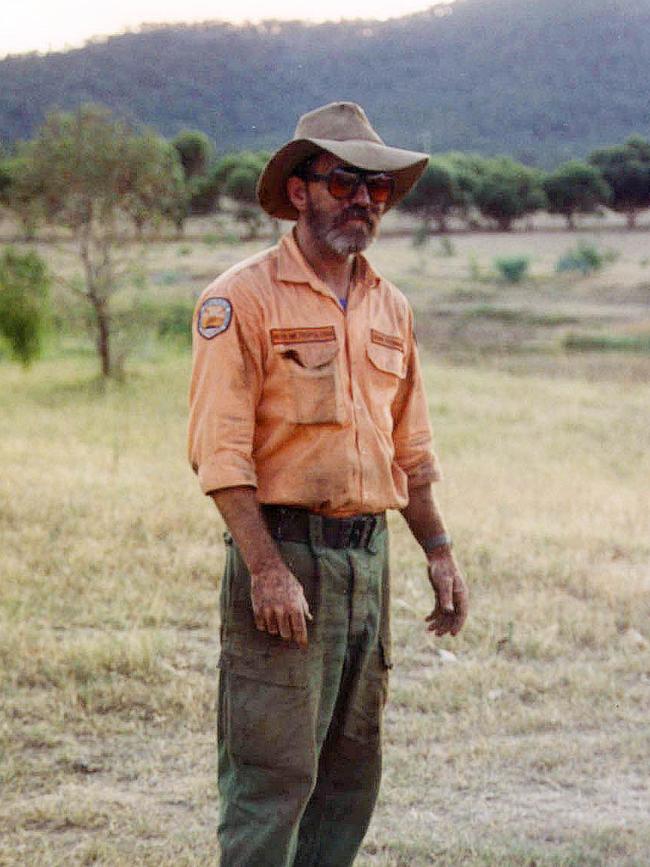
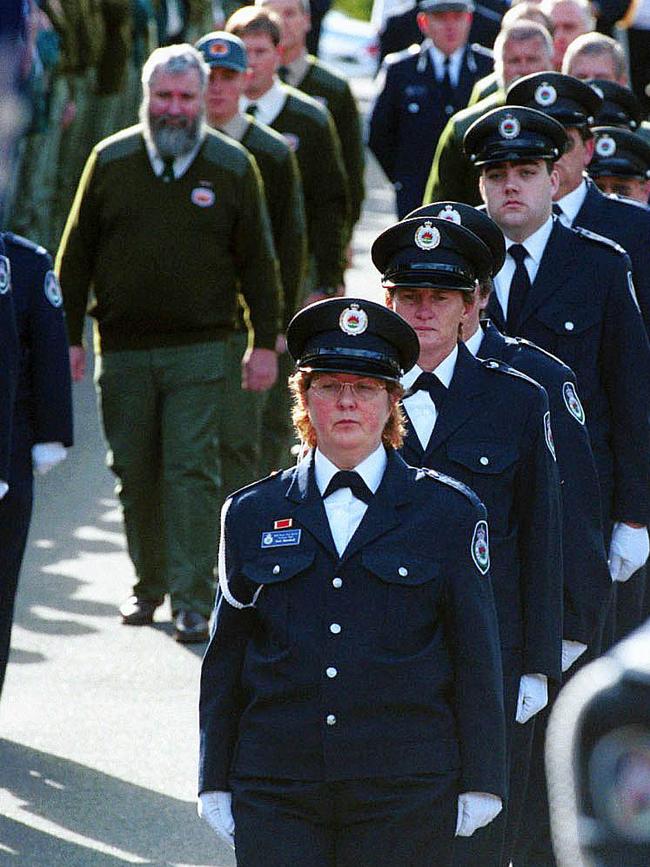
2014: Several people were injured and buildings were torn apart when a tornado, now known as the “Hornado”, ripped through the Hornsby CBD on November 19. Residents said they were shocked to discover no one was killed during the freak incident.
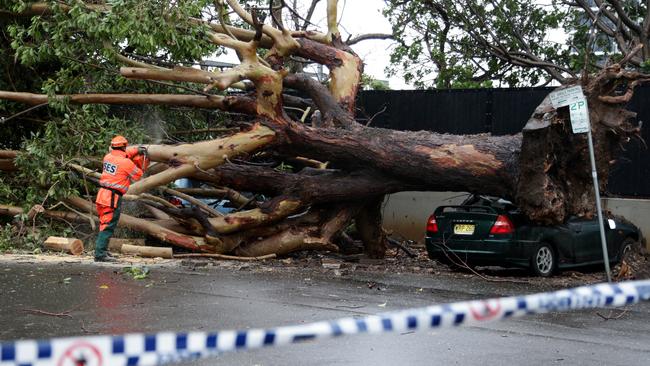
2019: Years of excavation deep underground in the NorthConnex tunnels led to the last truck delivery of tunnel spoil being made to Hornsby Quarry on January 25. More than one million cubic metres filled the quarry, with ongoing plans to transform it into the “centennial parkland of the north”.
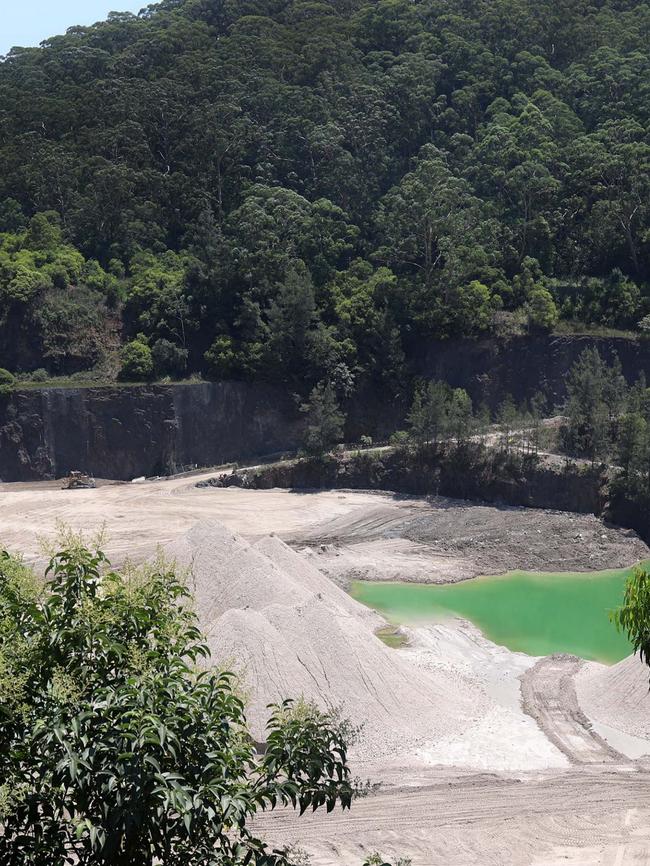
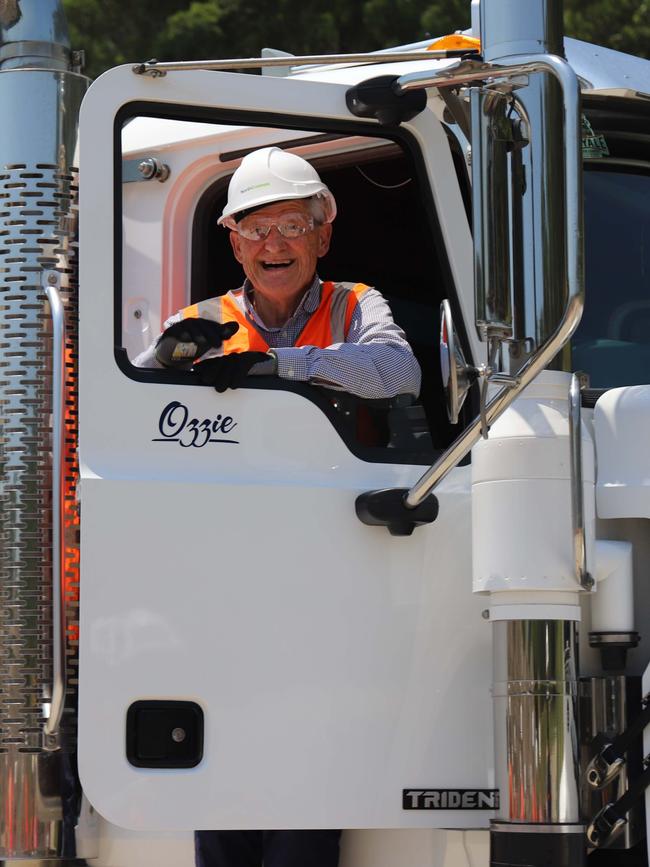


Add your comment to this story
To join the conversation, please log in. Don't have an account? Register
Join the conversation, you are commenting as Logout
Here’s what you can expect with tomorrow’s Parramatta weather
As summer moves towards autumn what can locals expect tomorrow? We have the latest word from the Weather Bureau.
Here’s what you can expect with tomorrow’s Parramatta weather
As summer moves towards autumn what can locals expect tomorrow? We have the latest word from the Weather Bureau.